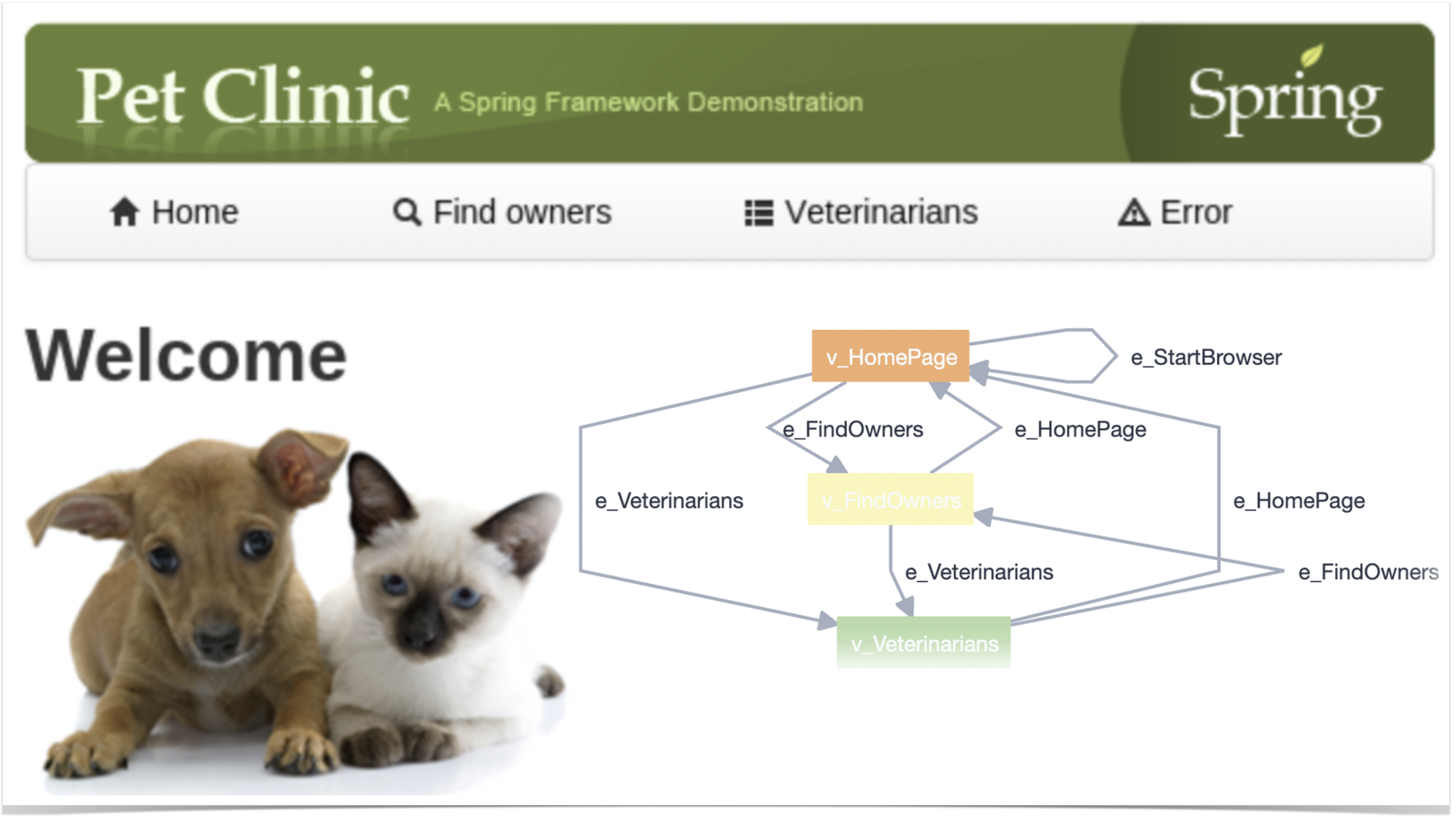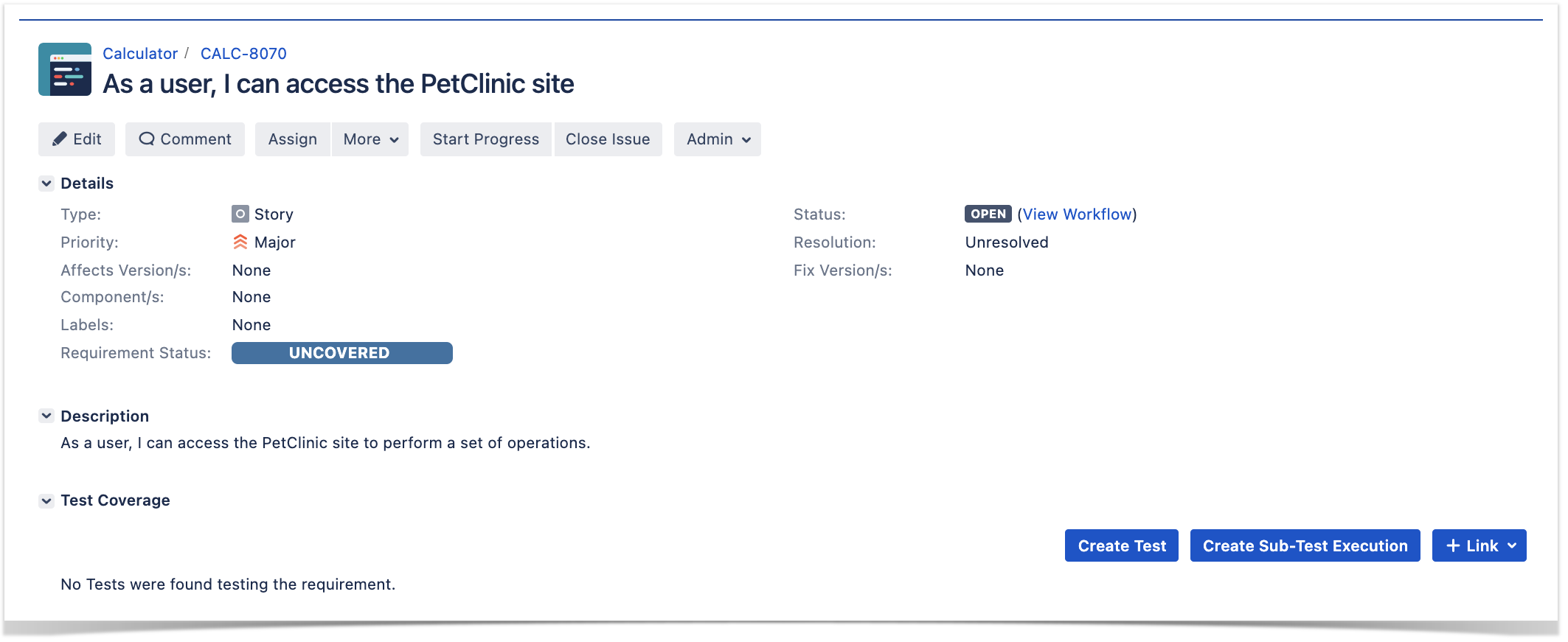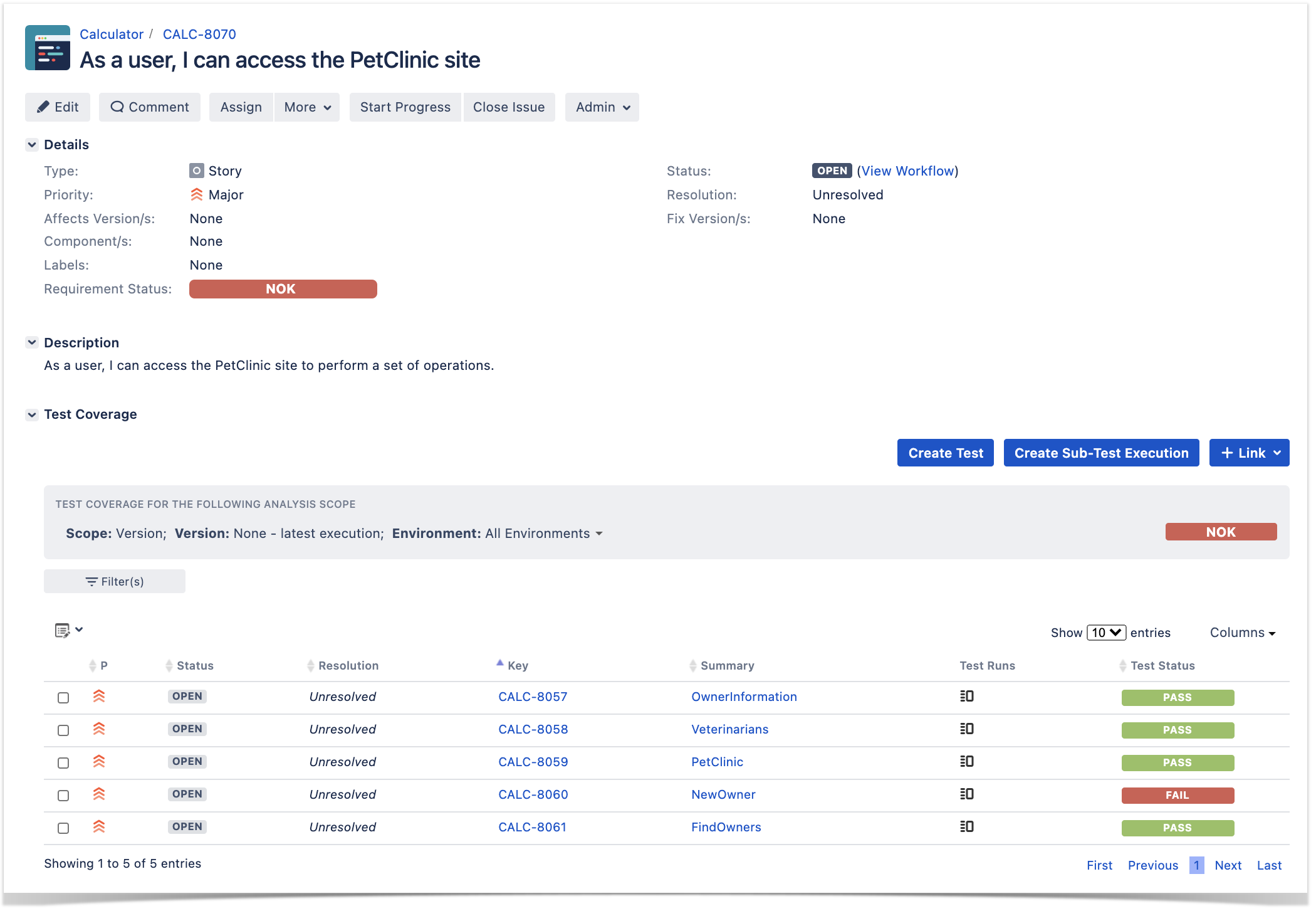Page History
...
With AltWalker, automation code related to our model can be implemented in Python, C#, or other. In this approach, GraphWalker is only responsible for generating the path through the models.
Starting by clarifing Let's clarify some key concepts, using the information provided by GraphWalker's documentation that explains them clearly:
...
In MBT, especially in the case of State Transition Model-Based Testing, we start from a given vertex but then the path, that describes the sequence of edges and vertices visited, can be quite different each time the tool generates it. Besides, the The stop condition is not composed by one or more well-known and fixed expectations; it's based on some more graph/model related criteria.
When we "execute the model," , it will walk the path (i.e. go over from vertex to vertex through a given edge) and performing perform checks in the vertices. If those checks are successful until the stop condition(s) is achiviedachieved, we can say that it was successful; otherwise, the model is not a good representation of the system as it is and we can say that it "failed.".
Example
In this This tutorial , is based on an example provided by the GraphWalker community (please check GraphWalker wiki page describing it) which targets the well-known PetClinic sample site.
...
As mentioned earlier, models can be built using AltWalker's Model-Editor (or GraphWalker Studio) or directly in the IDE (for VSCode there's a useful extension to preview it). In the visual editors, namelly namely in AltWalker's Model-Editor, we can use it to load previously saved model(s) like the ones in petclinic_full.json. In this case, the JSON file contains several models; we could also have one JSON file per model.
...
| Code Block | ||||
|---|---|---|---|---|
| ||||
from altwalker.planner import create_planner
from altwalker.executor import create_executor
from altwalker.walker import create_walker
from custom_junit_reporter import CustomJunitReporter
import sys
import pdb
import click
def _percentege_color(percentage):
if percentage < 50:
return "red"
if percentage < 80:
return "yellow"
return "green"
def _style_percentage(percentege):
return click.style("{}%".format(percentege), fg=_percentege_color(percentege))
def _style_fail(number):
color = "red" if number > 0 else "green"
return click.style(str(number), fg=color)
def _echo_stat(title, value, indent=2):
title = " " * indent + title.ljust(30, ".")
value = str(value).rjust(15, ".")
click.echo(title + value)
def _echo_statistics(statistics):
"""Pretty-print statistics."""
click.echo("Statistics:")
click.echo()
total_models = statistics["totalNumberOfModels"]
completed_models = statistics["totalCompletedNumberOfModels"]
model_coverage = _style_percentage(completed_models * 100 // total_models)
_echo_stat("Model Coverage", model_coverage)
_echo_stat("Number of Models", click.style(str(total_models), fg="white"))
_echo_stat("Completed Models", click.style(str(completed_models), fg="white"))
_echo_stat("Failed Models", _style_fail(statistics["totalFailedNumberOfModels"]))
_echo_stat("Incomplete Models", _style_fail(statistics["totalIncompleteNumberOfModels"]))
_echo_stat("Not Executed Models", _style_fail(statistics["totalNotExecutedNumberOfModels"]))
click.echo()
debugger = pdb.Pdb(skip=['altwalker.*'], stdout=sys.stdout)
reporter = None
if __name__ == "__main__":
try:
planner = None
executor = None
statistics = {}
models = [("models/petclinic_full.json","random(vertex_coverage(100))")]
steps = None
graphwalker_port = 5000
start_element=None
url="http://localhost:5000/"
verbose=False
unvisited=False
blocked=False
tests = "tests"
executor_type = "python"
planner = create_planner(models=models, steps=steps, port=graphwalker_port, start_element=start_element,
verbose=True, unvisited=unvisited, blocked=blocked)
executor = create_executor(tests, executor_type, url=url)
reporter = CustomJunitReporter()
walker = create_walker(planner, executor, reporter=reporter)
walker.run()
statistics = planner.get_statistics()
finally:
print(statistics)
_echo_statistics(statistics)
reporter.set_statistics(statistics)
junit_report = reporter.to_xml_string()
print(junit_report)
with open('output.xml', 'w') as f:
f.write(junit_report)
with open('output_allinone.xml', 'w') as f:
f.write(reporter.to_xml_string(generate_single_testcase=True, single_testcase_name="PetClinicAllinOne"))
#debugger.set_trace()
if planner:
planner.kill()
if executor:
executor.kill()
|
It This code makes use of a custom reporter that can generate JUnit XML reports in two different ways:
...
- Use MBT not to replace existing test scripts but in cases where yoou you need to provide greater coverage
- Discuss the model(s) with the team and the ones that can be most useful valuable for your use case
- Multiple runs of your tests can be grouped and consolidate consolidated in a Test Plan, so you can have an updated overview of their current state
- After importing the results, you can link the corresponding Test issues with an existing requirement or user story and thus truck coverage directly on the respective issue, or even on an Agile board
...




